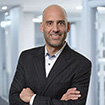
Hardev Grewal
CEO Plasmatreat PTNA & US - Hayward, CA
In 1998, Plasmatreat launched the very first Openair® plasma jet for inline surface treatment. This technology was a revolutionary new approach in industrial assembly operations to improve bonding and facilitate perfect adhesion of materials such as non-polar Elastomers.
Since then, thousands of Openair® plasma systems have been installed and operating around the globe. Systems with up to 16 plasma jets can be positioned around complex profile shapes for complete, fast inline treatment. However, treating job runs of irregularly shaped profiles in small quantities has remained a time-consuming challenge—until now.
The new Openair® Plasma Automatic Profile System, PlasmaXCT, is fully automated and controlled by a high-performance XYZ-axis. All plasma jet positions can be programmed for precise applications and then permanently kept as “recipes” that are easily accessible through the HMI. Calling up these recipes allows any operator to effortlessly precision-adjust the plasma jets in 2 minutes or less.
The result: A reproducible, safe, and high-quality surface treatment. You can see a brief demonstration of how it works on our Plasmatreat YouTube channel .
For a more in-depth presentation, we’d like to cordially invite you to an online Product Feature Exposition on Tuesday, October 20th, hosted by our colleagues in Europe:
- 11 am Eastern/ 10 am Central U.S. Daylight Time
- (5 pm Central European Standard Time)
Just click here to register. We hope to see you there!
Recommend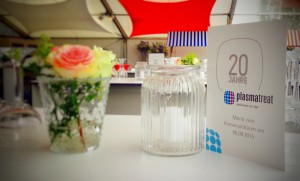
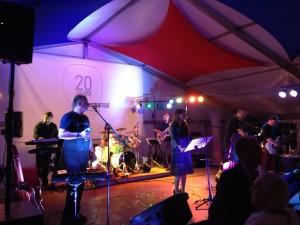
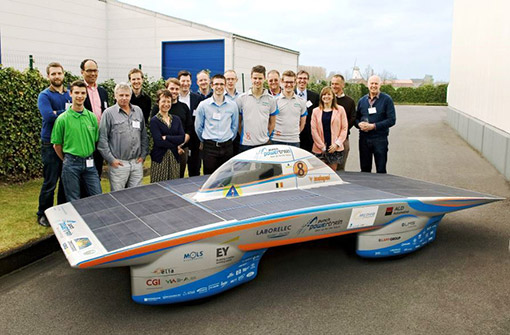

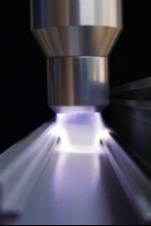

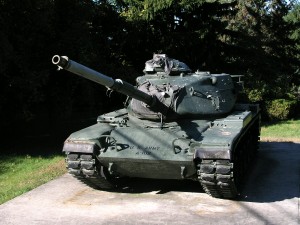







Write a comment